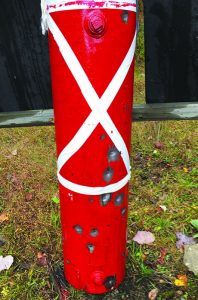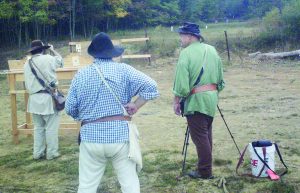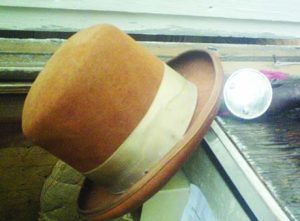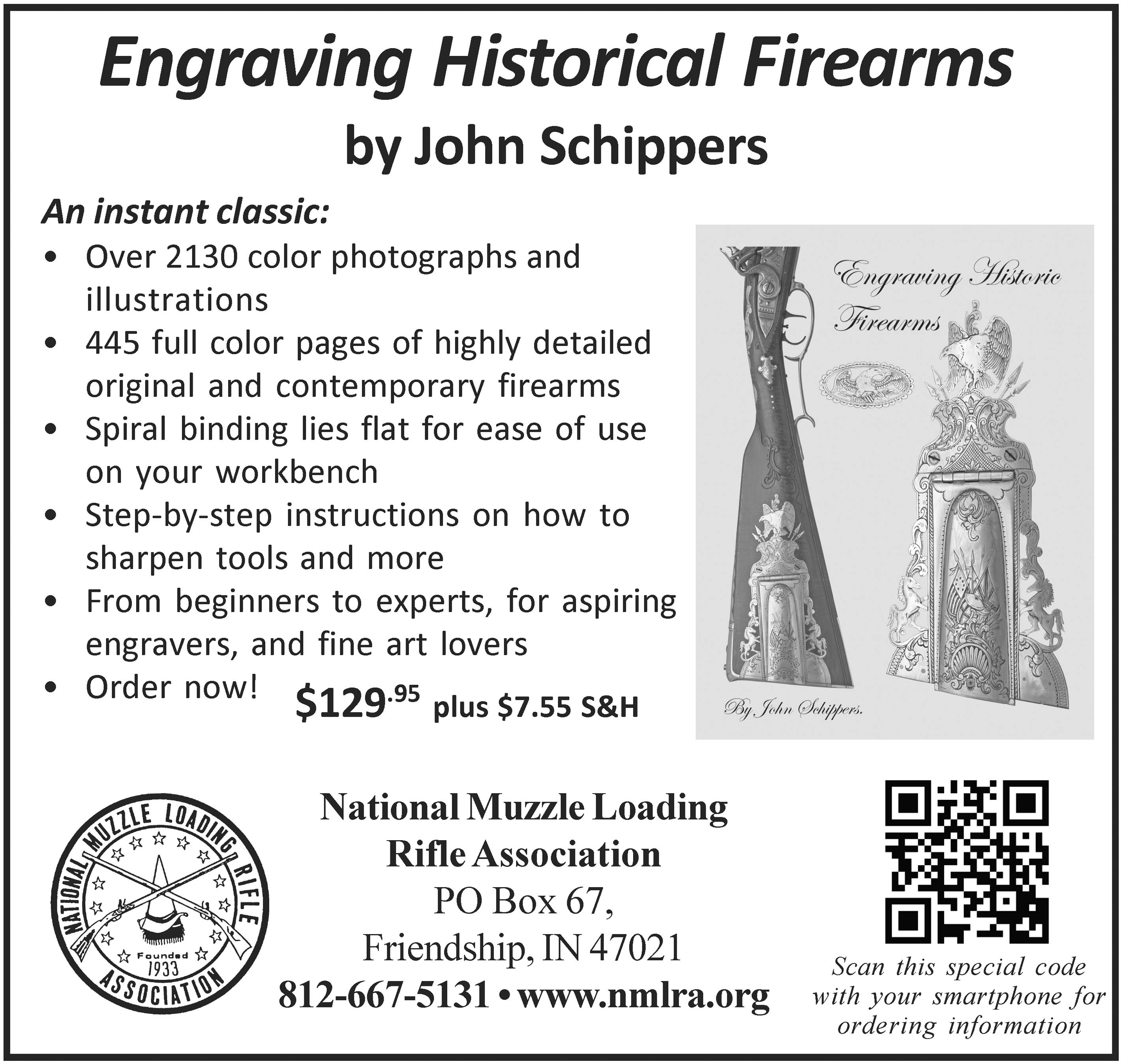by James C Fulmer | Past President, NMLRA

Notice the hits on General Frazier target, in appropriate Red Coat, that was shot at 280 yds.
November is a time when we as American’s traditionally give thanks to God for our blessings for the previous year in the celebration of the Thanksgiving holiday. The Thanksgiving holiday celebrated in this country goes back to 1621 when the first pilgrims in Plymouth, MA, gave thanks for surviving their long trip and being in this new land. Many other areas in colonial America celebrated a day of thanks anywhere from October until December. They would celebrate a successful harvest, to just making it another year; it was a true celebration of their blessings in this country.
There was no National Thanksgiving Holiday until several things happened. First the American Colonies declared their independence in 1776 and formed the United States of America. Then there had to be something for the new nation to be thankful for and to celebrate.
Well, the American Revolution was hard fought and it looked bleak with no hope of succeeding against the mighty British army and navy. What was there to celebrate? Then it happened—the Battle of Saratoga. The Battle was actually fought in two battles which were 18 days apart. The first battle was fought September 19, 1777, when the British led an invasion into upper New York by General John Burgoyne. The British army came straight down through New York State, captured Fort Ticonderoga, and moved on down the Hudson River. They were met by General Horatio Gates, General Benedict Arnold, and Colonel Daniel Morgan who commanded some of the finest riflemen in the country. The American army was about 6,500 strong. Also the ground the Americans chose to fight on was at a place named Bemis Heights which overlooked the Hudson River. Here is where Colonel Thaddeus Kosciusko, a Polish engineer, directed the construction of a text book field fortification for the Americans.

Left to right, Kurt Burket loading, Wes Griest scoring and Mike Wengert spotting. The long range targets at NMLRA Rifle Frolic can be seen in the background. Farthest shot is General Frazier then four targets for the Lt. Ephriam Brank match each getting closer.
On Sept. 19 General Burgoyne attacked the Americans. Fierce fighting took place when the British attempted to outflank the Americans fortifications. A terrible struggle took place at what is known as Freeman’s Farm. The British where stopped and fortified their camp. They decided to wait for reinforcements from New York. The reinforcements never came, so on Oct. 7, 1777 Burgoyne attacked the American fortifications once again with hopes of clearing a path down the Hudson River. British General Simon Frazier led the renewed attack. One of the most famous rifle shots during the American Revolution was made that day. An American rifleman was credited for shooting General Frazier at a distance of almost 300 yards. Many legends and stories have sprung out of this event. It is agreed it was a rifleman that shot Frazier and it is agreed that riflemen where given orders to shoot the commanding officer who was leading the attack. Tim Murphy, who was a well-known rifleman, was credited for a shot from up in a tree that mortally wounded General Frazier. There are many accounts of what happened that day, but what we do know is that General Frazier was shot, the attack was stopped, and Frazier died later of his wound from that day. The Americans would capture several key strong points along the British line forcing the British to retreat back to Saratoga. British General Burgoyne would surrender ten days later.
Many people don’t know it unless you are from Pennsylvania, but the first official Thanksgiving celebrated by the United States was declared here in Pennsylvania, in the town of York. The fall of 1777 was a very bad time for the newly formed United States. The British captured Philadelphia, the capital at that time. The Second Continental Congress which was meeting there had to flee. General George Washington’s rag tag American Army would fall back to winter at Valley Forge.
When Congress was chased out of Philadelphia in late September, they headed to the city of Lancaster, PA. Lancaster would be our nation’s capital for only one day—Sept. 27, 1777, before moving the capitol to York. The advantage of York was that it was on the other side of the Susquehanna River from Philadelphia and the British Army.

Don Palinkas’ walking stick and hat which he was known by at the Thanksgiving Rendezvous.
The Continental Congress met in the small York courthouse. Some of the members of that Congress would include John Hancock, Henry Laurens, John Adams, and Sam Adams. While in York, the Continental Congress received word of General Gates victory at the Battle of Saratoga. This was a major turning point in the American Revolution. Congress was eager to celebrate the good news so on Oct. 31, 1777 a resolution was drafted for a day of National Thanksgiving. It would be passed Nov. 1, 1777, and the day that was selected was Dec. 18, 1777. The resolution was to take time to thank God, to be thankful for the victory at Saratoga and our new country. It was nothing like the holiday of today, but it was the first National Thanksgiving Day.
The Battle of Saratoga and the famous shot made by Tim Murphy is always recreated every year at the National Muzzle Loading Rifle Association’s 18th Century Rifle Frolic and Marketfaire. This year it was held at the Altoona Rifle and Pistol Club in Pennsylvania Oct. 6-8, 2017. The Tim Murphy and Lt. Ephriam McLean Brank matches where held on Oct. 7, 2017, some 240 years after the actual events.
The recreation of Tim Murphy’s famous shot consists of three shots fired at a large water tank from a standing rest at 280 yards. It is said that Murphy shot at General Frazier three times before he hit him as the General advanced across the field. The winners of this match have traditionally needed three hits, plus shoot a very good tie breaker which is the closest single shot to an X at 25 yards. A standing rest is allowed because it is said Murphy shot resting his gun in a tree.
The other match recreates an event from the Battle of New Orleans. This match recreates the shots made by Lt. Ephriam McLean Brank of Greenville, KY. He is said to have fired at British staff officers during the assault. He fired at 260 yards, 200 yards, 140 yards, and 80 yards with all shots hitting their intended targets while standing and shooting offhand from the top of the American breastworks. This match is shot every year with more than one person hitting all of their shots. A tie breaker may be needed to break the tie.
Both matches are shot with flintlock long rifles built in the style of the day. If you notice the target that was used for General Frazier the hits are all around the belt line which is roughly where Frazier also got hit. The flintlock long rifle changed history during the American Revolution by proving there was a need for accurate fire from a rifled gun.
This Thanksgiving holiday give thanks for all the things that touched your life over the years. I can’t go without saying something about Don Palinkas. Every rifle club has the gray-beard who makes things happen, organizes the events, the matches, holds various offices, and just works tirelessly so people can enjoy the shooting sport. Take the time and thank those gray-beards; they won’t be around forever. Donnie has passed from this life into the next and in my area he left behind a legacy to our sport that is bigger than life. His hat and walking stick will always be remembered and missed on the firing line.




